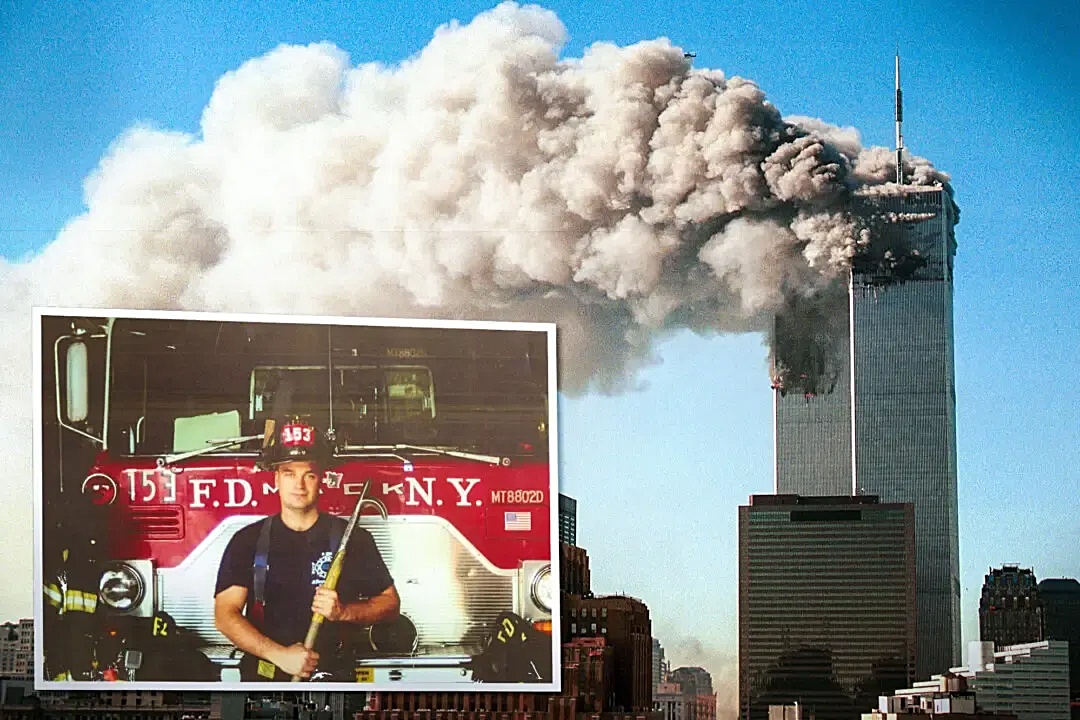The day after the September 11th attacks, John Huvane drove into Manhattan and witnessed the billowing white smoke that engulfed the island. At that moment, Huvane, a 40-year-old New York City detective, questioned his decision to return to Ground Zero. However, like other courageous first responders, he chose to continue his work in the weeks and months that followed.
For approximately four months, Huvane endured the grueling conditions at Ground Zero, relying on adrenaline and heightened awareness to sustain him. Alongside countless other rescuers, he tirelessly toiled to sift through the immense heap of pulverized concrete, weighing 1.6 million tons. Amidst the toxic pollutants, including carcinogenic concrete dust, as well as the contaminated air polluted by jet fuel, glass, and asbestos, there was a pervasive odor of death.

Huvane, who has also confronted three shootings and witnessed terror attacks in London and Mumbai, asserts that nothing compares to his experiences on September 11th and during the subsequent recovery efforts. Yet, despite the profound impact of the attacks, Huvane remains unwavering in his optimism as he participates in firefighter stair climbs, supports families of first responders through 5K runs for the catastrophically injured, and serves as the co-president of Tunnel to Towers—an organization that has disbursed funds to fully pay off over 200 home mortgages this year for families who lost loved ones due to the hazardous health conditions they faced during the 9/11 recovery.
“No, I see good people, and I see amazing sacrifices and acts of bravery,” he declares. “It’s so inspiring.”
In a fateful turn of events, Stephen Siller discovered that the Brooklyn-Battery Tunnel was closed. Determined to reach Ground Zero, he embarked on a hike through the tunnel under the East River.
Moments before the attacks, Huvane, serving as a mayoral bodyguard, was on duty in Manhattan. He promptly headed towards the twin towers after the initial plane impact but before their collapse. Reflecting on that moment, Huvane recollects, “We were at a breakfast in midtown Manhattan, and we got a call that a small plane had hit the tower. I jumped ahead to go down there.”
What he witnessed was nothing short of surreal.


